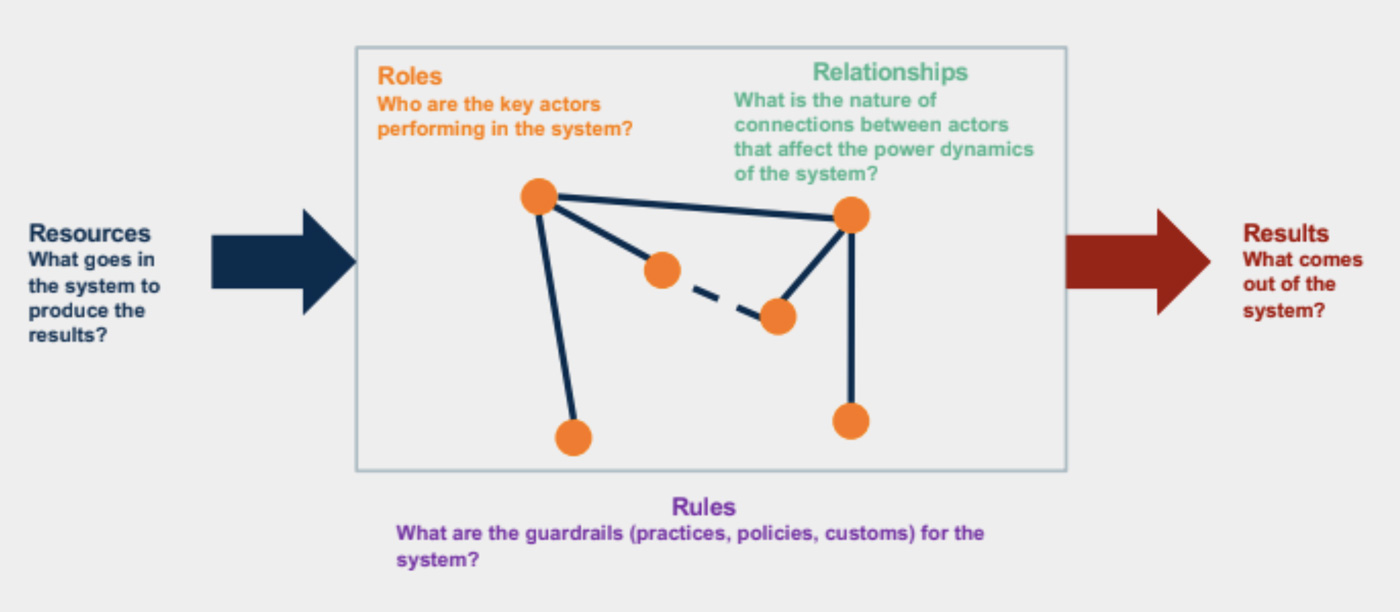The world is facing an unprecedented rate of change where opportunities are often clouded by its more obvious vulnerabilities. The current pandemic proves how fragile the economy is perched on the teetering nodes of unsustainable business practices. The global economy is exposed to multiple fractured fault lines, and not only the pandemic that is challenging us but a host of other societal concerns caused by an increasing grim reality of countries facing harsher economic outlooks in the months ahead. Hence, social entrepreneurs drive an important role of bringing back social equilibrium and impact.
From Shareholder Primacy to Societal Primacy
Back in 1970, Milton Friedman wrote an influential piece on how the social responsibility of businesses is to increase its profits, whence it gave birth to shareholder primacy. Businesses and innovations grew rapidly, however, it bore its fair share of problems – a cyclical business economy, industries that do not prioritise conditions pertaining to social, climate, gender, health, and more.
Social Entrepreneurs Driving Change
However, it accelerated these problems that are hard to ignore. A rising breed of social entrepreneurs seeking to drive large-scale ideas to tackle entrenched social problems and a return to the main objective of businesses that has existed as old as time: To benefit for the common good of the society. Social entrepreneurs are key to solving many of the teething problems we face today. They start with the ‘Why?’ and aim to create the biggest amount of impact with the least amount of effort needed with many social enterprises having a lean set-up.
Understanding System Change
In order to maximise social impact, we have to understand the system in which Donella Meadows describe as “an interconnected set of elements that is coherently organised in a way that achieves something”. These interconnections can be explained with using USAID’s 5R framework (below).

These theoretically feed to how the organisation tackles system change, by – unlocking new resources, introducing or eliminating elements in the system, changing the relationship between elements of the system, improves information flow, rewriting existing rules that govern the system, and most importantly, creating mindset shifts by the system actors.
Collaboration: Looking at Partnerships Differently
In order for such large-scale change to work, it necessitates large-scale collaboration and a rethink of how we view partnerships as transactional, goal-oriented, 1-to-1 relationships. Instead of focusing on just the limitations and problems that plague the system, social entrepreneurs would look at the opportunities that exist with the system and build a smart network of co-leaders to drive the change by putting the North Star, or, a common vision in the centre instead of an/ a few organisation/s dominating the system. Within such structure and (lean) set-up, working with small, dynamic and agile teams is key to achieve the system objectives in a volatile VUCA world and this can be achieved through a Teams of Teams approach – An idea popularised by General Stanley McChrystal. This preference for a less top-down system of authority proved to be instrumental during the Iraq War and its learnings were adapted to organisational structures that thrive on transparency and distributed leadership. Therefore, with such set-up driven by a common vision, meaningful collaborations can shift the existing problems in the system by working with the opportunities and partners that exist with the system.

Ensuring Financial Sustainability
Like any other businesses, social enterprises exist with the same going concern for its financial sustainability. Without proper revenue generation, the organisation will cease to exist. Many conventional social enterprises rely largely on grants and funding, which usually comes with restrictions from its grantors. However, this may limit the social enterprise from achieving its intended objectives, and other more revolutionary social entrepreneurs seek different revenue models to address this by creating for-profit spin-offs to support the existence of its non-profit venture, and partaking on a cross-subsidy model that provide services across different customer types so that the higher-paying ones are able to subsidise the costs for its beneficiaries. Other revenue models do include crowdfunding facilitated by the ease and widespread use of online solutions to raise funds, and sponsorships by other organisations (usually corporates or large government-linked agencies) that is aligned with the mission of the social enterprise.
As we note the importance of such social enterprises addressing its financial sustainability, many social entrepreneurs neglect their individual sustainability. An article highlighting this issue noted A 2010 study of 10,000 non-profit professionals found that 90% pinpointed burnout as the primary reason they did or would leave the field. Another study of NGO employees found that 42% believed the job was “detrimental to their mental health.” Society and businesses should understand that the problems we face now can be addressed when more are aware and act on systemic issues together. As much as we need more social entrepreneurs to champion and lead social impact, businesses do play an important and complementary role when all work at systems level; to involve and change societal conditions together through co-initiating and co-creating social innovations together.
Solyh Ahmad | LinkedIn
Solyh Ahmad began his changemaking journey at the age of 19 as a youth mentor at a local self-help organisation addressing at-risk youths and seeing them through their secondary school education. With that changemaking spirit, he went on to co-create local and overseas programmes on issues that tackle migration and diversity in Singapore and Turkey. Solyh is an alumnus of US-ASEAN YSEALI programme and has been active on the social impact scene before joining Ashoka. He brings a broad set of experience having worked in corporate banking, communications and partnerships, and K12 education.

